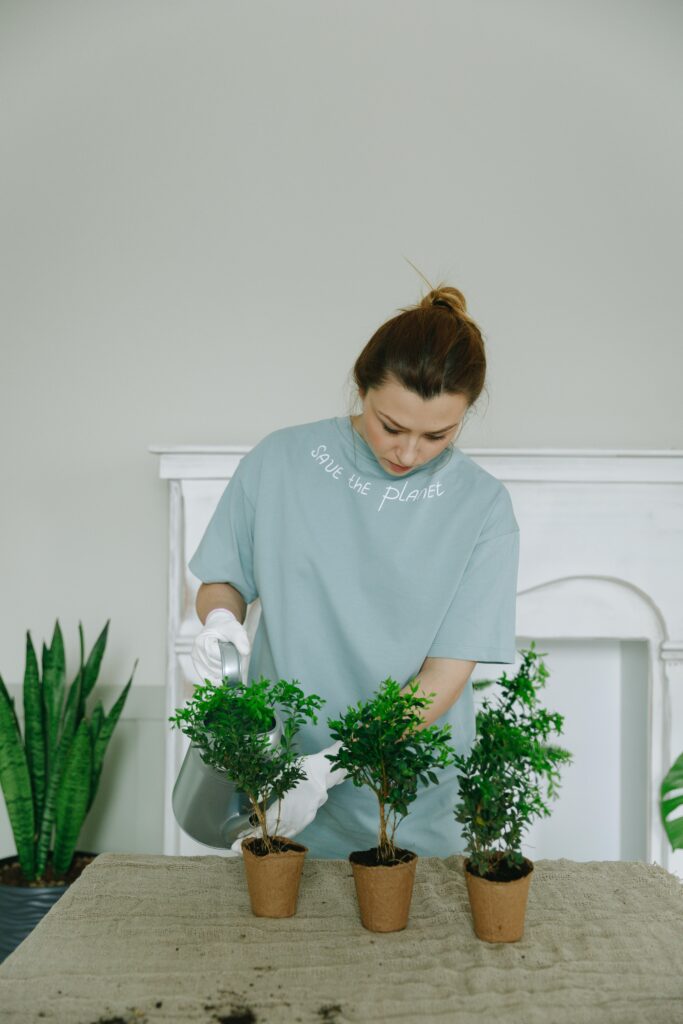Yes, indoor hydroponic gardens can still be susceptible to pests, although the risk is generally lower compared to traditional soil-based gardens. Some common pests that can affect hydroponic systems include aphids, whiteflies, spider mites, and fungus gnats. These pests can be introduced through contaminated water, plant material, or by entering the indoor environment from outside.
To prevent and manage pests in indoor hydroponic gardens, consider the following measures:
1. Maintain Cleanliness: Keep the hydroponic system clean and free of debris, as pests can thrive in organic matter.
2. Monitor Regularly: Inspect plants regularly for signs of pest infestation, such as yellowing leaves, stippling, or the presence of insects.
3. Isolate Infected Plants: If pests are detected, isolate affected plants to prevent the infestation from spreading to other plants in the system.
4. Biological Controls: Introduce beneficial insects such as ladybugs or predatory mites to control pest populations naturally.
5. Natural Remedies: Use natural pest control methods such as insecticidal soap, neem oil, or diatomaceous earth to treat infestations.
6. Maintain Environmental Conditions: Optimize environmental conditions such as temperature and humidity to discourage pest activity.
7. Quarantine New Plants: Quarantine new plants before introducing them into the hydroponic system to prevent introducing pests.
By implementing these strategies, you can effectively manage pests in indoor hydroponic gardens and maintain healthy plant growth.
One of the primary benefits of indoor hydroponic gardens when it comes to pests is the reduced risk of infestation compared to traditional soil-based gardens. Here are some specific benefits:
1. Controlled Environment: Indoor hydroponic gardens are typically housed in controlled environments, such as greenhouses or indoor grow rooms. These environments can be sealed off from the outside, minimizing the introduction of pests.
2. No Soil: Since hydroponic systems use nutrient-rich water solutions instead of soil, they eliminate one of the main habitats for soil-borne pests. This reduces the likelihood of pests such as soil-borne fungi, nematodes, and certain types of insects.
3. Sterile Growing Medium: Many hydroponic systems use inert growing mediums such as perlite, rock wool, or clay pellets, which are sterile and free from pests and diseases commonly found in soil. This further reduces the risk of pest infestation.
4. Early Detection: In hydroponic systems, plants are often grown in close proximity and are regularly monitored by growers. This allows for early detection of any signs of pest activity, enabling prompt intervention before infestations become severe.
5. Integrated Pest Management (IPM): Hydroponic growers can implement integrated pest management strategies tailored to their specific systems. This approach combines preventive measures, biological controls, cultural practices, and, if necessary, targeted pesticide applications to manage pests effectively while minimizing environmental impact.
6. Reduced Chemical Use: With proper pest management practices in place, hydroponic growers can often reduce or eliminate the need for chemical pesticides, promoting healthier plants and minimizing potential harm to the environment and human health.
Overall, while pests can still be a concern in indoor hydroponic gardens, the controlled environment, absence of soil, and proactive management strategies contribute to a lower risk of infestation compared to traditional gardening methods.

